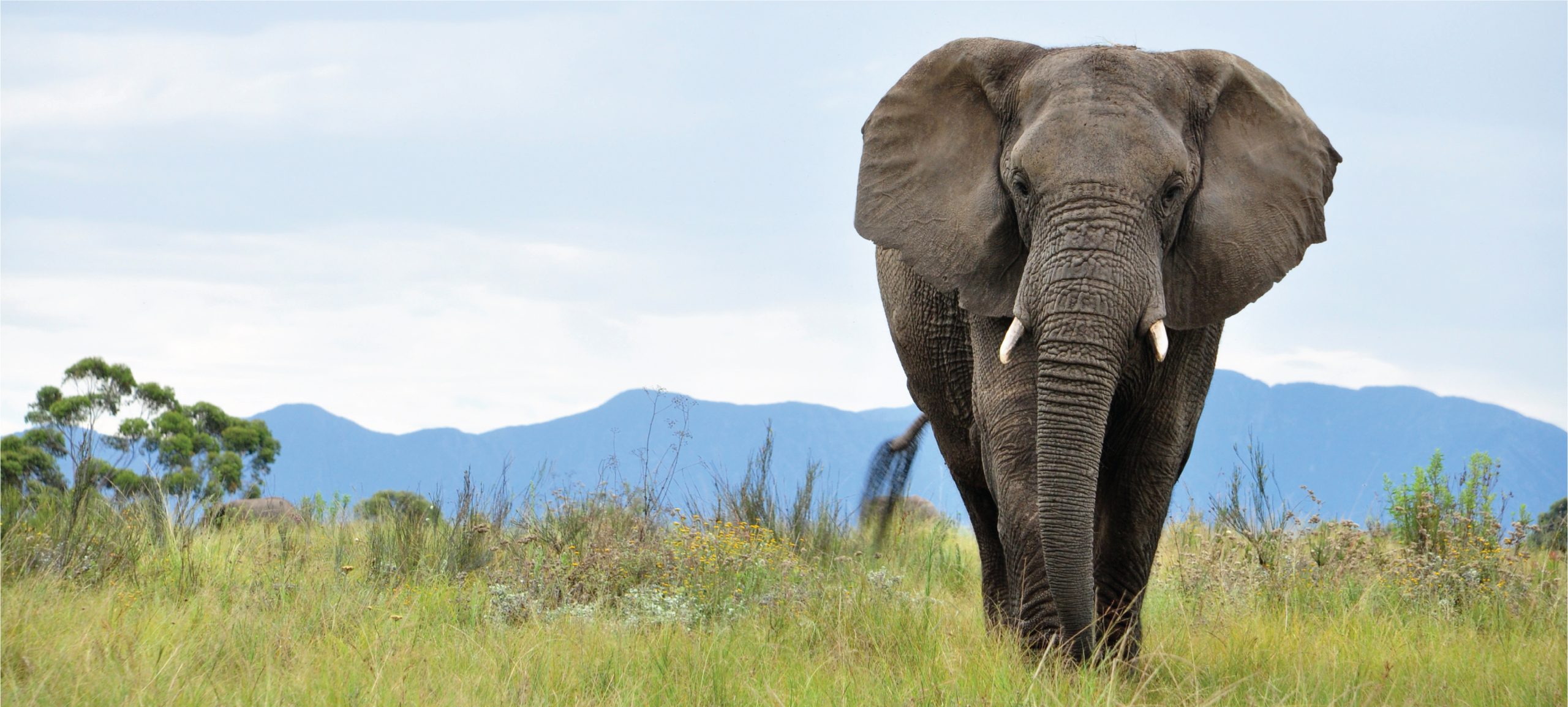-

D’Albertis’s Ring-tailed Possum
Discover the fascinating D’Albertis’s Ring-tailed Possum, a rare marsupial found in the montane forests of New Guinea. With its striking greenish fur, prehensile tail, and vital role in seed dispersal, this nocturnal creature is not just a marvel of adaptation but also a guardian of its ecosystem. Learn more about its behaviors, habitat, and the…
-
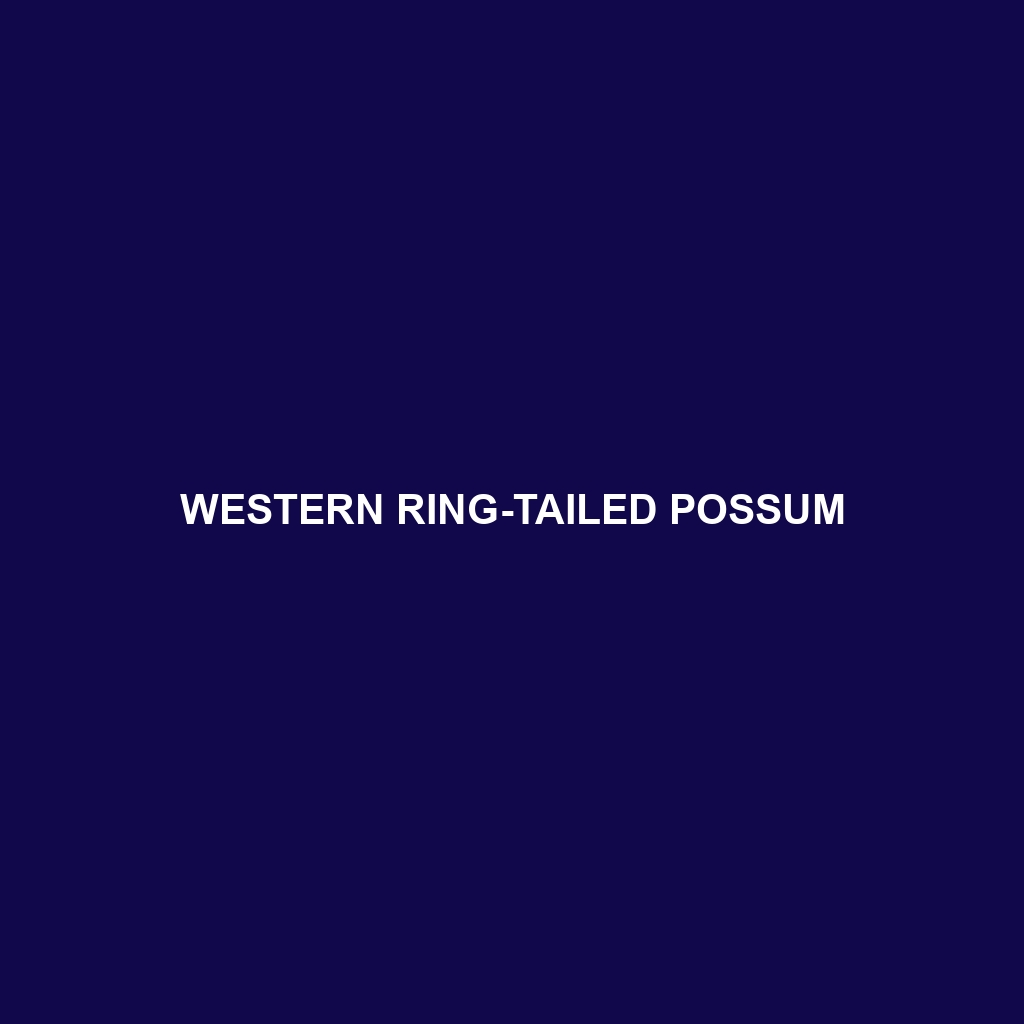
Eastern Ring-tailed Possum
Discover the fascinating world of the Eastern Ring-tailed Possum (Pseudocheirus peregrinus), a small to medium-sized marsupial native to Australia. Known for its agility and distinctive prehensile tail, this nocturnal creature plays a vital ecological role while showcasing social behaviors and unique adaptations to thrive in diverse forest habitats. From their striking appearance to their contributions…
-
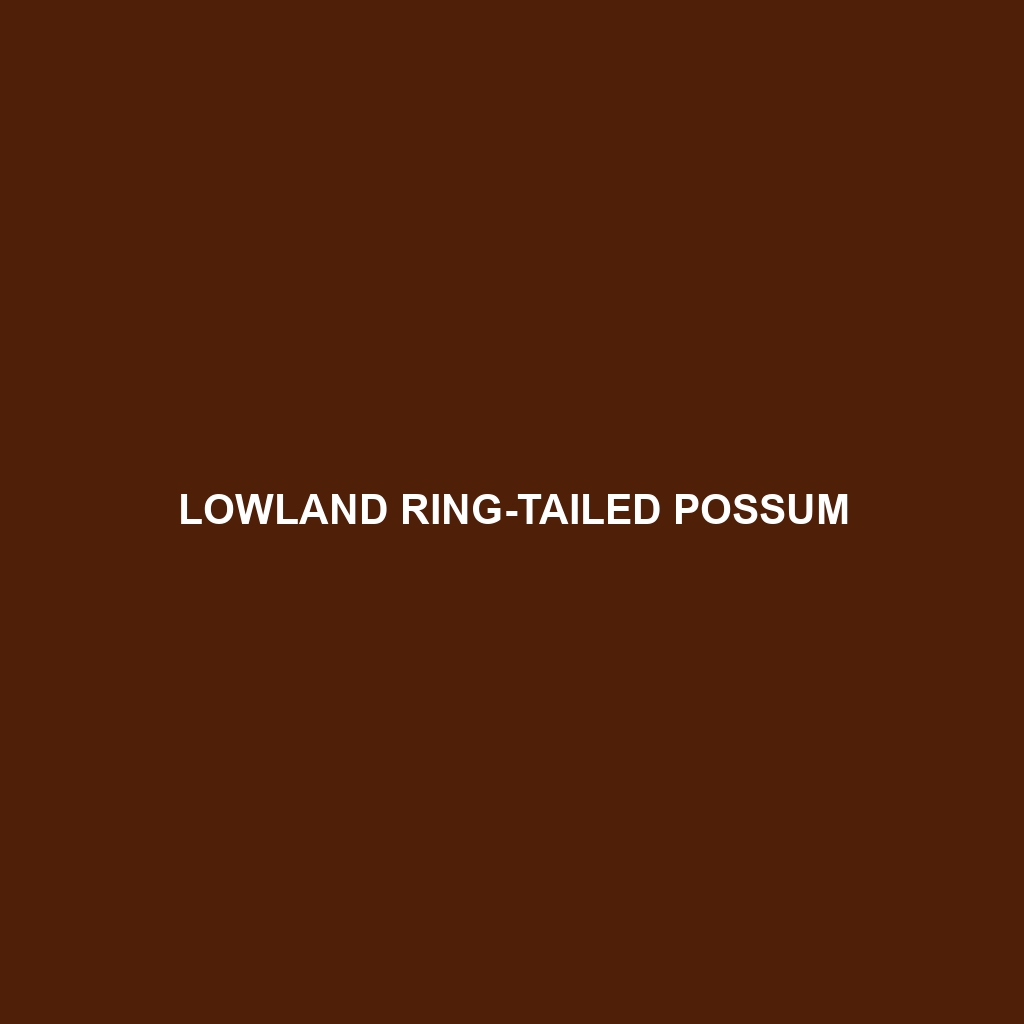
Lowland Ring-tailed Possum
Discover the Lowland Ring-tailed Possum (Pseudochirulus canescens), a remarkable marsupial native to New Guinea’s lush rainforests. Known for its striking ringed tail and nocturnal, arboreal lifestyle, this species plays a crucial role in its ecosystem by aiding in seed dispersal and maintaining forest health. Learn about its unique adaptations, feeding habits, and the conservation challenges…
-
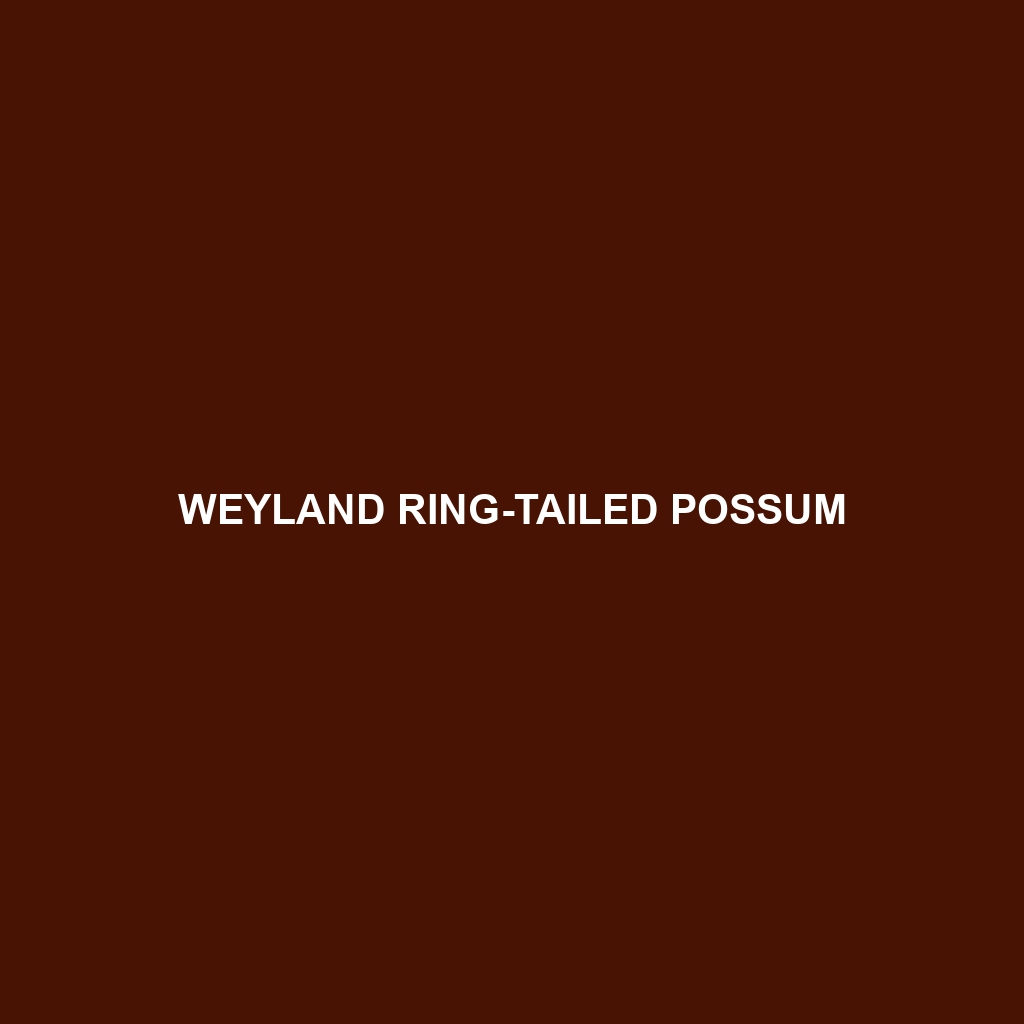
Weyland Ring-tailed Possum
Discover the fascinating Weyland Ring-tailed Possum, a unique marsupial native to the lush forests of Weyland Island. With its striking ringed tail and remarkable agility, this nocturnal arboreal mammal plays a vital role in maintaining ecological balance while captivating observers with its expressive eyes and social behaviors. Learn about its special adaptations, dietary habits, and…
-
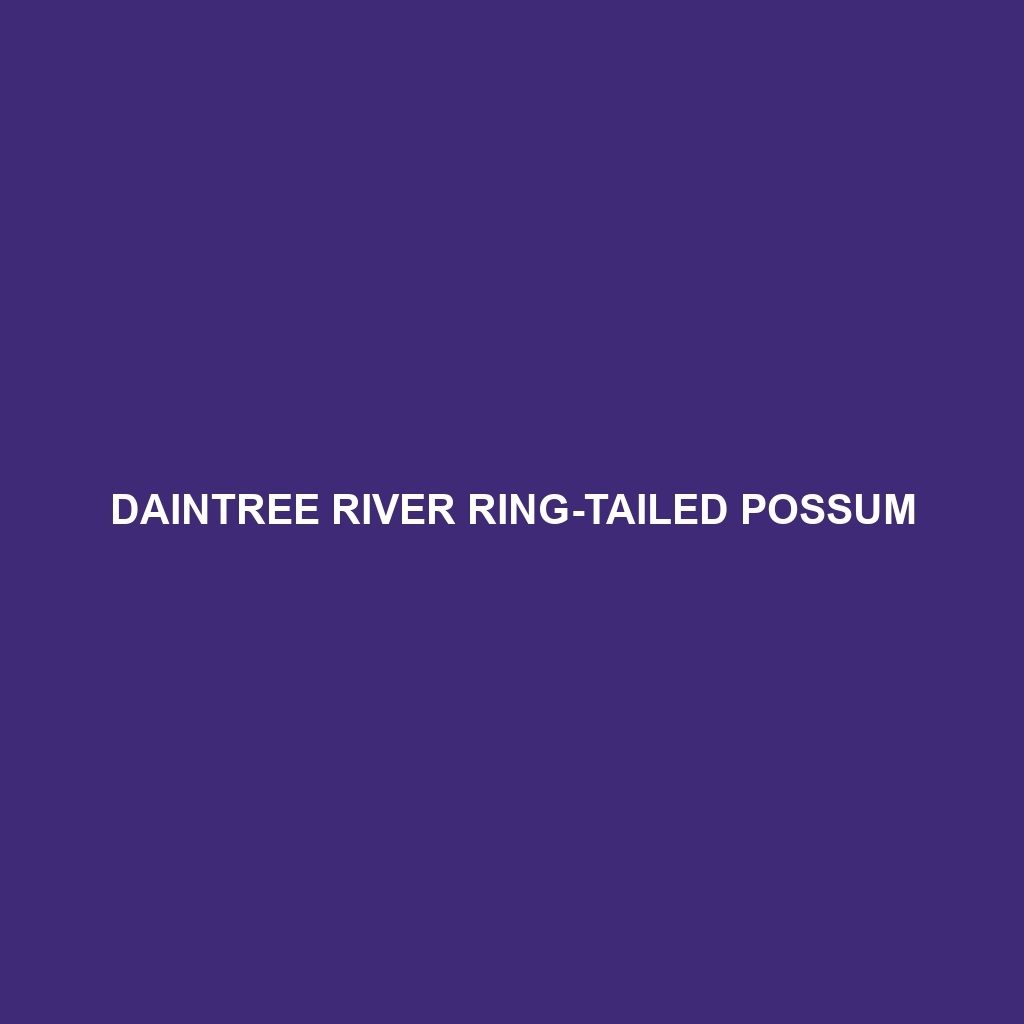
Daintree River Ring-tailed Possum
Discover the enigmatic Daintree River Ring-tailed Possum, a marsupial native to the lush rainforests of North Queensland. With its striking grayish-brown fur, large nocturnal eyes, and prehensile tail, this elusive creature plays a vital role in its ecosystem through seed dispersal and plant regulation. Delve into the rich biodiversity of this ancient habitat and learn…
-

Painted Ring-tailed Possum
Discover the Painted Ring-tailed Possum (Pseudochirulus forbesi), a stunning marsupial native to New Guinea’s rainforests, renowned for its vibrant, painterly coat patterns and exceptional climbing abilities. This Near Threatened species plays a crucial ecological role as a folivorous herbivore and seed disperser, ensuring the health of its unique habitat. Join us as we explore the…
-

Lemuroid Ring-tailed Possum
Discover the enchanting Lemuroid Ring-tailed Possum, a captivating marsupial native to the rainforests of northeastern Australia. With its distinctive prehensile tail, large expressive eyes, and vital role in pollination and seed dispersion, this Near Threatened species exemplifies nature’s adaptability amidst the challenges of habitat loss and climate change. Explore their unique characteristics, behaviors, and the…
-

Central Greater Glider
Discover the enchanting Central Greater Glider (Petauroides volans), a unique nocturnal marsupial native to eastern Australia’s forests. With its remarkable gliding abilities, specialized diet of eucalyptus leaves, and vital ecological role, this medium-sized marvel captivates both researchers and nature lovers alike. However, as a vulnerable species facing habitat loss and climate change, the protection of…
-

Northern Greater Glider
Discover the enchanting Northern Greater Glider (Petauroides minor), a nocturnal marsupial that soars through the forests of northeastern Australia with remarkable gliding abilities. With its large, expressive eyes and distinct fur patterns, this solitary creature plays a vital role in its ecosystem by foraging on eucalyptus leaves and aiding in seed dispersal. Learn how conservation…
-

Southern Greater Glider
Discover the enchanting Southern Greater Glider (Petauroides volans), a unique marsupial native to eastern Australia’s forests. Renowned for its remarkable gliding ability—soaring up to 100 meters between trees—this nocturnal creature captivates with its striking coloration and vital ecological role. As it faces threats from habitat loss and climate change, understanding and protecting this extraordinary species…
Search
Popular Posts
-
Lampropeltis abnorma
Discover the striking Lampropeltis abnorma, or Central American Kingsnake, known for its vibrant coloration and smooth, glossy scales. Found in Central America’s tropical rainforests, this nocturnal predator plays a crucial role in its ecosystem by controlling pest populations and maintaining balance among small mammal and reptile communities.
-
Lamprolepis smaragdina
The Emerald Tree Skink (Lamprolepis smaragdina) is a vibrant, arboreal reptile native to tropical rainforests in the South Pacific, recognized for its striking green coloration, slender build, and prehensile tail. Primarily insectivorous, these skinks thrive in humid environments and play a vital role in maintaining ecological balance within their habitats.
-
Lamprolepis nieuwenhuisii
Discover the stunning Lamprolepis nieuwenhuisii, also known as the Nieuwenhuis’ Wrinkle-scaled Lizard, native to the rainforests of Southeast Asia. This fascinating species is characterized by its unique wrinkled scales, vibrant coloration, and agile movements, playing a vital role in its ecosystem as both a predator and prey.
Categories
Tags
animal adaptations (850) animal behavior (4898) animal reproduction (830) behavior (920) biodiversity (7464) conservation (1670) conservation efforts (1649) conservation status (5327) diet (2102) echolocation (822) ecological balance (1841) ecological role (1702) ecology (796) ecosystem (1469) ecosystem role (2797) endangered species (2472) environmental conservation (782) habitat (3269) habitat conservation (1030) Habitat Destruction (1243) habitat loss (3223) insectivorous reptiles (825) IUCN Red List (1720) lizard reproduction (801) nocturnal animals (2738) nocturnal behavior (2473) nocturnal reptiles (891) physical characteristics (2032) reproduction (2880) reptile behavior (805) reptile conservation (1148) reptile reproduction (842) rodent species (1325) seed dispersal (2115) Seed Disperser (971) small mammals (1166) snake behavior (766) snake diet (872) snake reproduction (939) South America (801) tropical forests (944) Vulnerable Species (4739) wildlife (2510) wildlife conservation (5021) wildlife protection (947)

